Wonder
Pierre Saint-Martin Cave
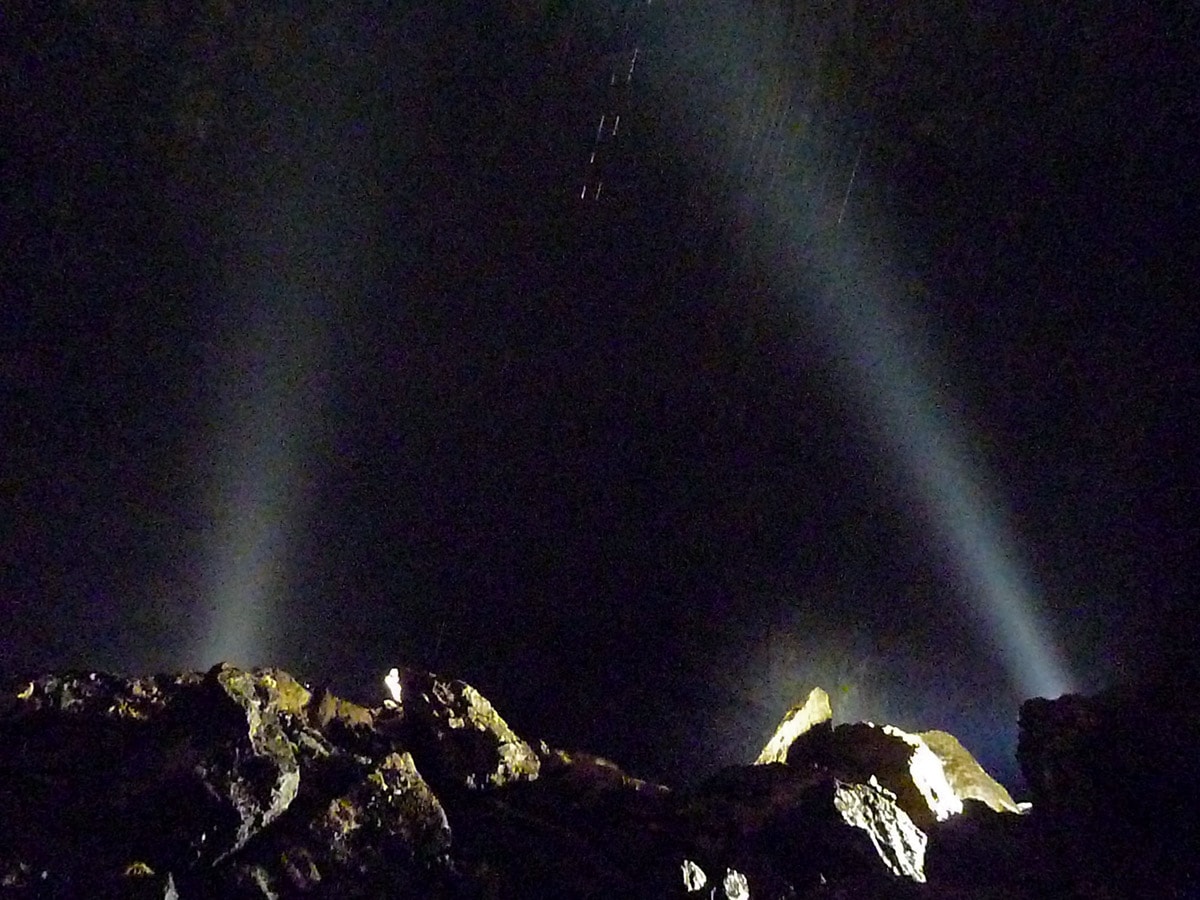
 In short
In short
Pierre Saint-Martin Cave is one of the greatest caves in the world with enormous role in the history of speleology.
 43.8%
43.8%
GPS coordinates
Location, address
Name in French, alternate names
Length
Depth
Map of the site
If you see this after your page is loaded completely, leafletJS files are missing.
 In detail
In detail
Description of cave system
Pierre Saint-Martin plateau
The cave is located in Pierre Saint-Martin massif – a very interesting alpine karst area, 140 km² large, with height difference from 430 m to 2,504 m. Climate here is very humid, what facilitates karst processes. Upper part of massif is formed by Cretaceous limestone.
Massif is criscrossed by caves. In 1951 – 2002 here have been researched more than 350 km of caves passages.
Giant network of passages
The length of the explored passages in Pierre Saint-Martin Cave is 86,620 m (the 30th in the world), known depth – up to 1,408 m (the 19th in the world). The deepest part of the cave is 71.5 m below the sea level.
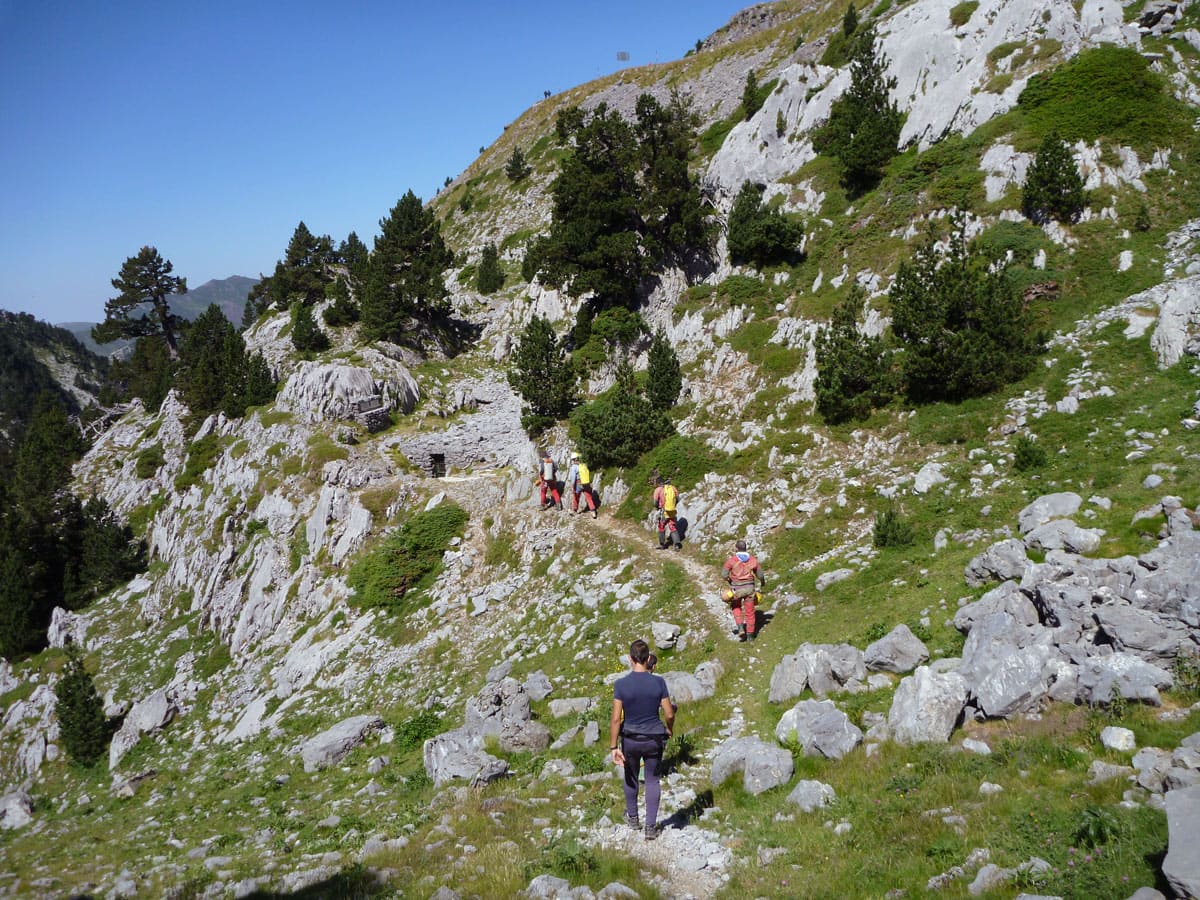
Cave has 7 known entrances in French side and 4 – in Spanish side. One of the entrances in French side – the best known – starts with very impressive 334 m deep abyss.
Temperature inside the caves is chilly: +5° C.
Cave rooms
Cave contains enormous underground voids, including Salle de la Verna (the 10th largest in the world by area) and Salle de l’Eclipse (the 12th largest in the world by area).
In the Wind tunnel (Tunnel du Vent) there is constant wind with a speed up to 40 km/h (11 m/s) – this is narrow tunnel linking two distant entrances in the cave, which are at different heights – thus causing a constant wind.
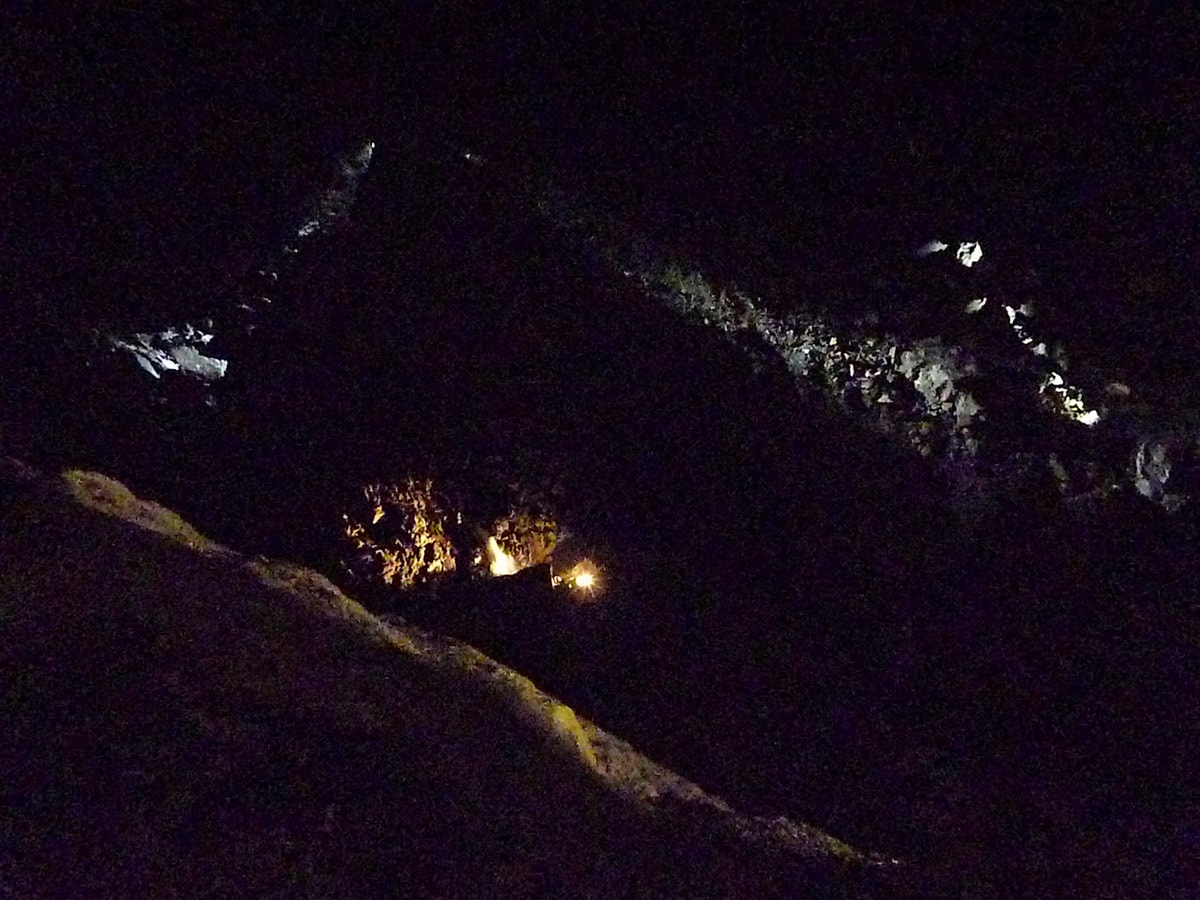
Valuable sediments and endemic animals
The sediments left by the underground rivers in the cave are providing interesting information about the climatic conditions in this part of Pyrenees over several hundred thousands of years.
Here have been found also many endemic insects, including a fairly large centipede Geophilus persephones.
History
Early history
Caves in this remote region of the Pyrenees are known since old times. First known cave research took place here already in 1818 – which is truly an early date.
The great cave researchers Édouard Alfred Martel and Eugene Fournier with others researched Pierre Saint-Martin plateau in 1892 – 1909 – but there is no evidence that they found Pierre Saint-Martin Cave.
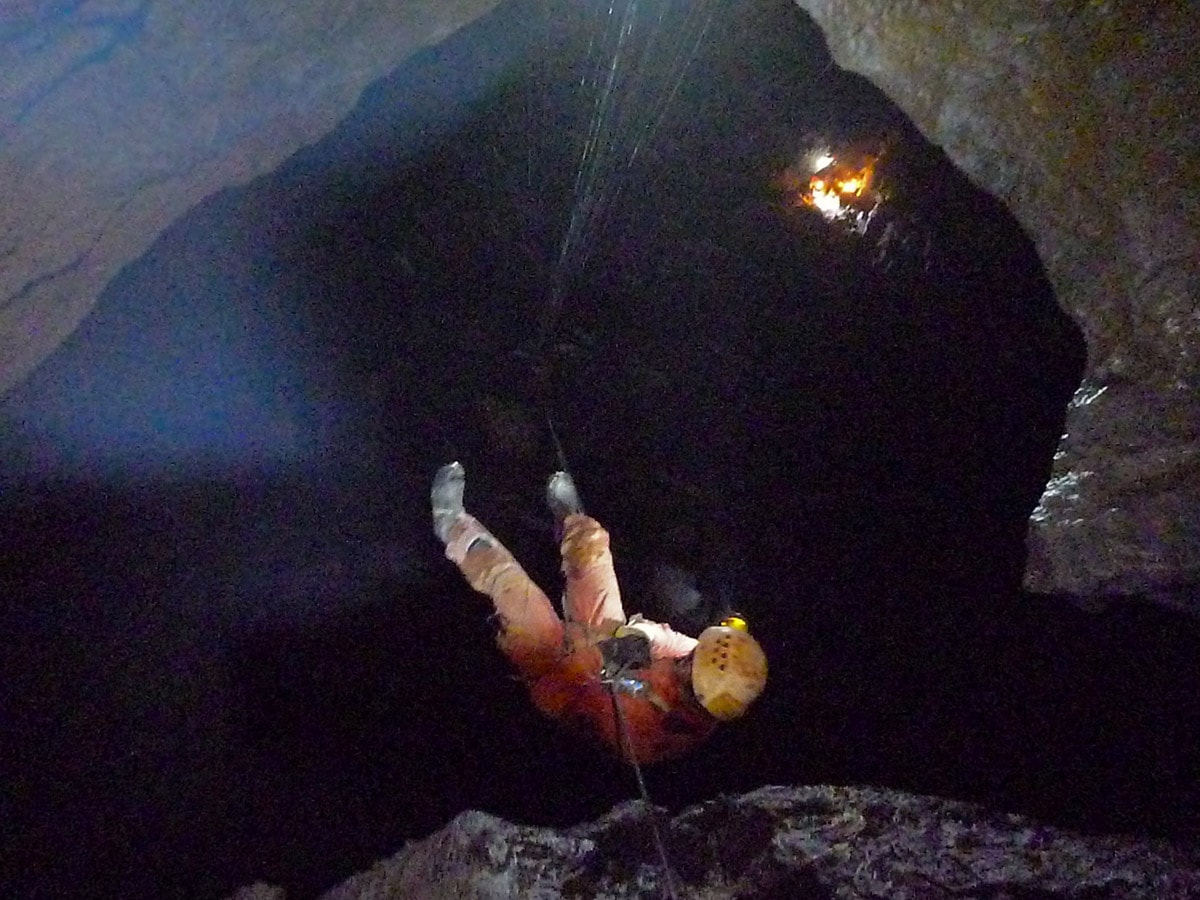
Discovery
The discovery was made in 1950 when researchers Georges Lépineux and Giuseppe Occhialini noticed a jackdaw flying out of a small hole in the cliffs. They threw some stones in this hole: there could be not heard any noise of a stone hitting the bottom. Researchers were certain that this is an enormous abyss.
The cave got a name Pierre Saint Martin from a nearby French-Spanish frontier stone.
The big descent and tragic event
The well at the entrance turned out to be 334 m deep. It was descended for the first time in 1951 by an expedition led by Georges Lépineux, Marcel Loubens, Haroun Tazieff. That was by far the biggest descent in the history of speleology, never before speleologists descended in such a gruesome, seemingly infinite abyss.
In the next year happened a tragic accident – due to a faulty winch in the abyss (not far from its bottom) fell and died Marcel Loubens.
Many brave speleologists (and especially – cave divers) have lost their lives in the quest for unknown – but somehow this tragic event back in 1952 has been especially traumatic to the community of speleologists and well remembered up to this day.
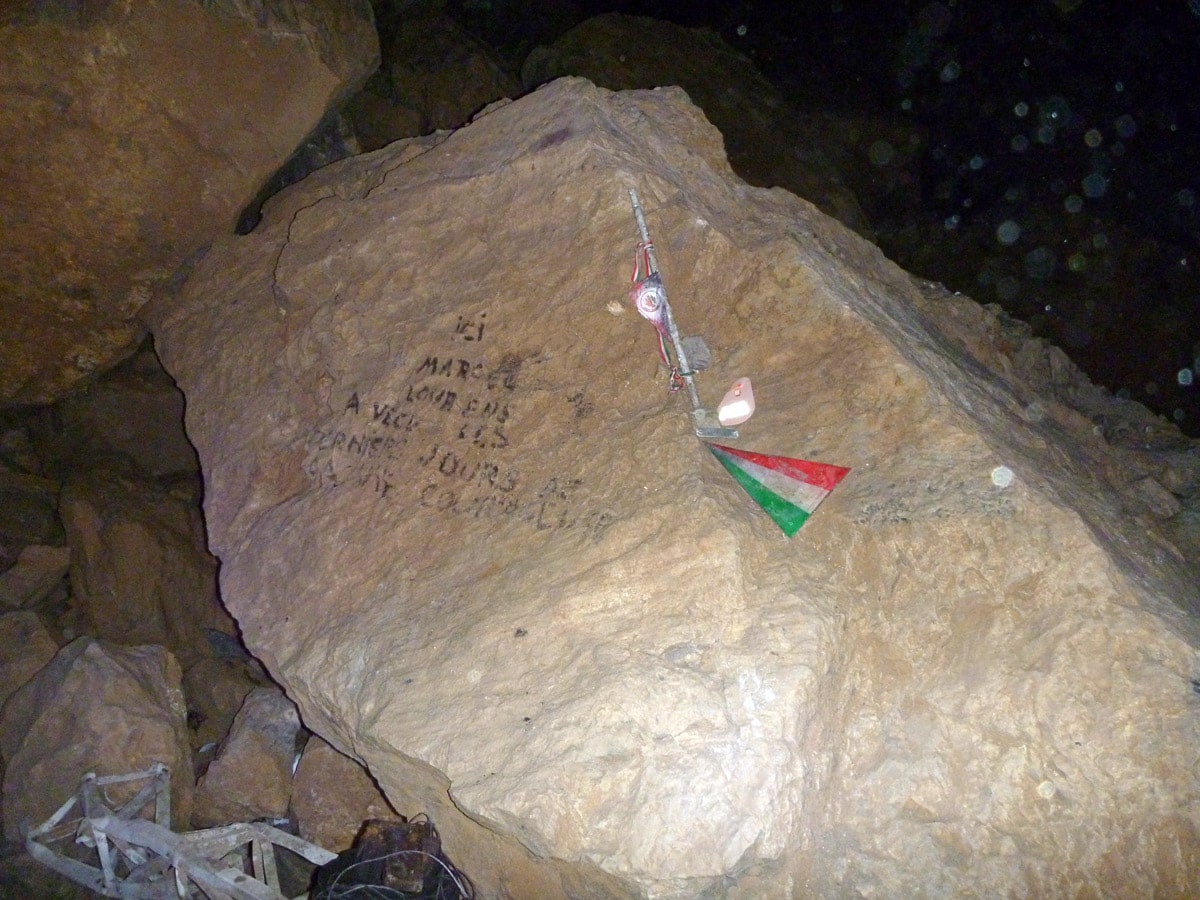
The giant La Verna
Research continued and in 1953 the researchers found the giant underground chamber – La Verna. When they entered this cave room, at first it seemed that speleologists somehow have left the cave and there is night in the mountains.
The bottom of La Verna was 734 m deeper than the entrance – a world record at the time. It was also the largest known underground chamber in the world – 4.5 million m3 large, 255 m long, 245 m wide, 180 m high.
Harnessing the underground hydropower
In 1956 there was drilled a 1 km long tunnel to La Verna – there was planned a project to harness the power of a large underground stream. The hole was too high and ended in the air… providing a more comfortable way for people to enter the giant Salle de la Verna through this so-called old EDF tunnel.
After long and technically complex works this project was completed in 2008 – now the station has a capacity of 4 MW and the regime of its work allows to access the cave.
Further discoveries
In 1962 Spanish researchers reached a depth of 845 m. British speleologists soon after reached -1,006 m.
In 1966 Gouffre de la Pierre Saint Martin was linked to Gouffre de la Tête Sauvage and now the depth of cave system was 1171 m.
In 1966 there was another important event – there was formed an international association for better coordination of further research – Association pour la Recherche Spéléologique Internationale a la Pierre Saint-Martin (ARSIP).
In 1973 the known depth of the cave was increased… upwards. How? Well – there were found links to several caves (Gouffre du Beffroi, Gouffre Moreau), whose entrances were located higher than the initial entrance. Thus the known depth of the cave increased to 1,332 m. In 1982 the depth was increased to 1,342 m.
Gouffre des Partages
On 5 – 6 August 2008 the cave was linked to another enormous cave – Gouffre des Partages (M.413), reaching the current known depth of 1,410 and length – 80,200 m. Later the known length was extended to current (April 2022) known length of 86 620 m.
Gouffre des Partages is a spectacular cave, discovered in 1994 – 1995. The entrance to this cave is covered with ice, for the most part, of the year.
By the end of 2002 Gouffre des Partages was 23,918 m long, up to 1,097 m deep.
In this cave also was found one of the largest cave rooms in the world – Salle de l’Eclipse. This room is smaller than La Verna: 130 – 150 m wide and more than 330 m long. This cave room has a phenomenal echo effect, repeating the sounds three times.
The imagination of speleologists has been rich in this cave – many features in the cave are named after famous movies – La Cité des Enfants Perdus, The Silence of the Lambs, Labyrinth of Passion, Back to the Future, or even 71 Fragments of a Chronology of Chance (a wonderful canyon). Try to pronounce them fast… but why should you?
Caves today
Cave can be entered for scientific purposes. It is very interesting to speleologists from the whole world as it provides spectacular traverses from one entrance to another. These traverses are very demanding and there are not that many people who are actually able to make it.
Since the summer of 2010 Salle de la Verna (which, by the way, is located on the French side, roughly 1 km from Spain) is open to the public. It is possible that this is one of the most spectacular tourist attractions in Western Europe.
There are good chances, that some more cave systems nearby can be linked to this monstrous cave labyrinth, increasing both the total length of passages and maximum depth.
References
- Association pour la Recherche Spéléologique Internationale a la Pierre Saint-Martin (ARSIP). Accessed in the 2nd August 2011
 Linked articles
Linked articles
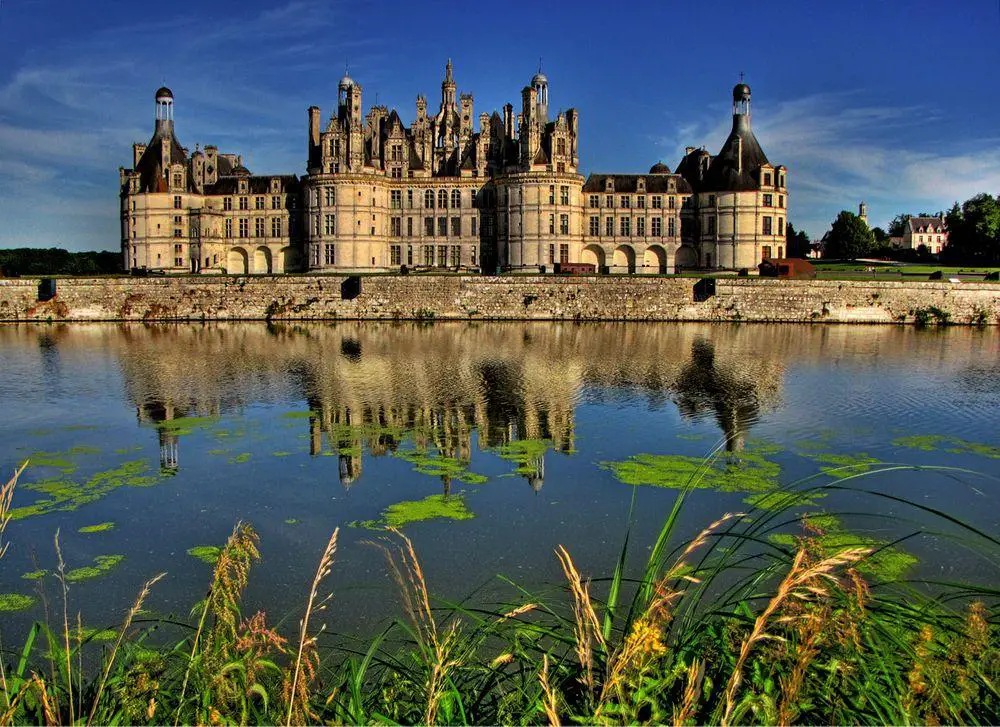
Wonders of France
France is home to many of the best-known landmarks in the world. This country is literally crammed with thousands and thousands of the most diverse attractions.
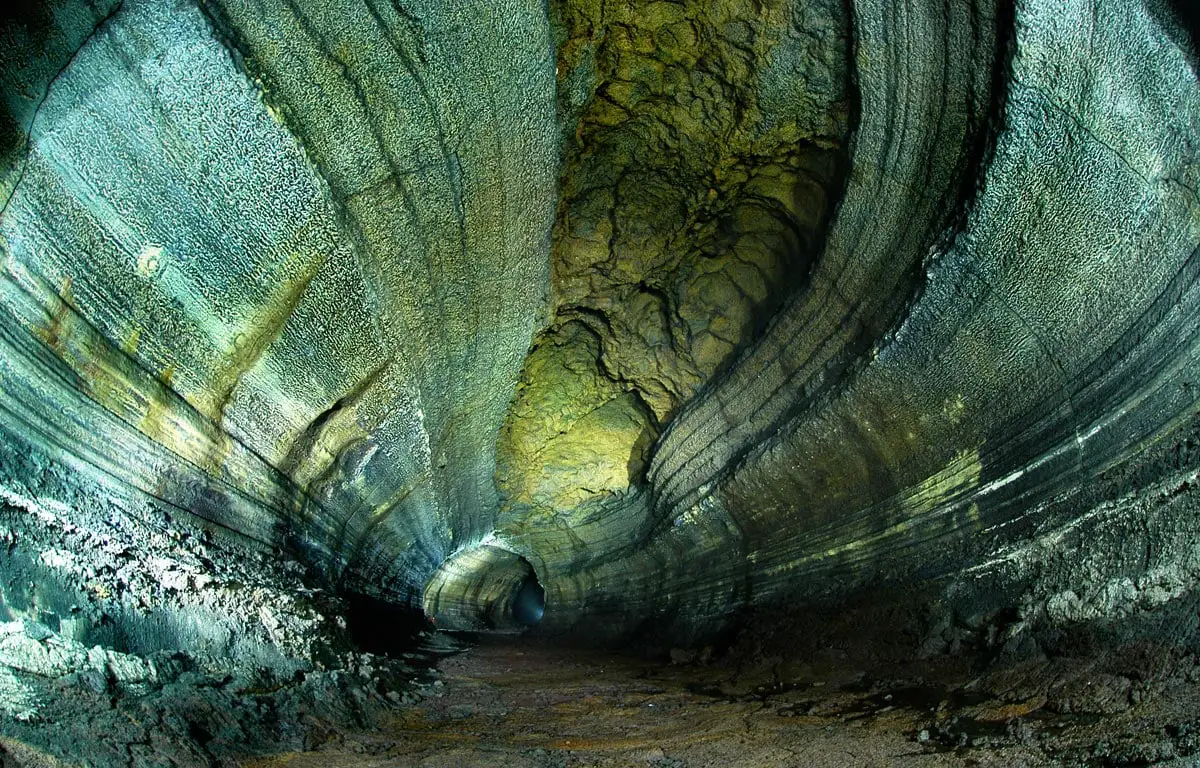
Caves
Every year there are reported exciting discoveries of new caves and discoveries of new qualities such as cave paintings in the ones known before. But there still is a feeling that our knowledge covers just a small part of all these monuments of nature.
Though, those which are known to us, offer a surprising diversity of unusual features and impressive sights.

Wonders of Europe
The heritage of Europe is diverse and endlessly interesting. Incomparably rich is the wealth of European historical architecture, but this part of the world has exciting natural heritage and archaeological heritage as well.
 Recommended books
Recommended books
Caves: Exploring Hidden Realms
A companion volume to the new IMAX film offers a sumptuously illustrated, close-up look at the world’s great cave environments, capturing the wonders and perils of caving and describing the unique characteristics of these underground habitats. 25,000 first printing.


